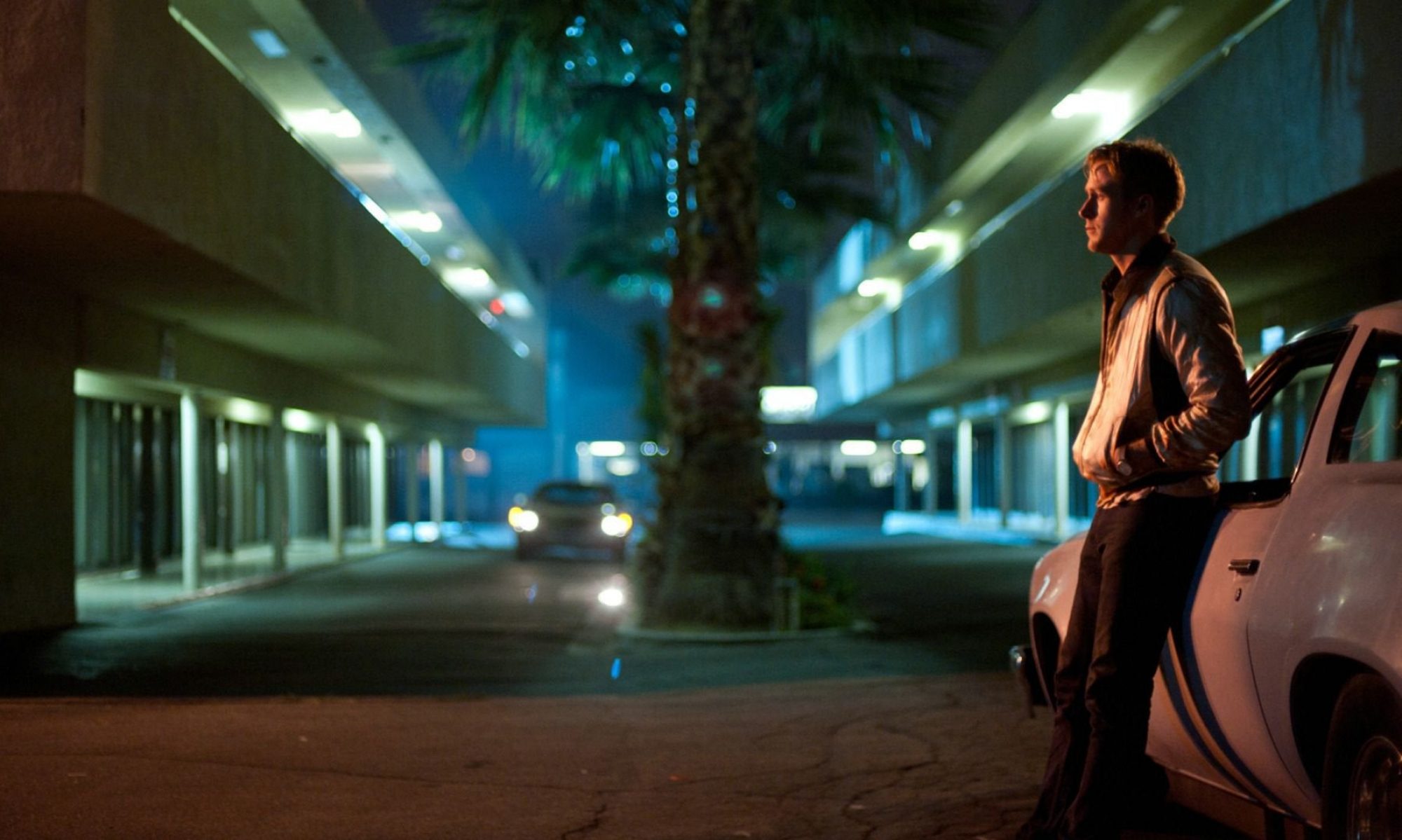A pair of eyes, wide, enraptured and shocked, stare at an unknown scene. A gunshot is heard. A rapid beeping sound plays, and a woman’s impassioned scream breaks through the soundscape. We cut to the slow-motion images of a man framed from the back as he is shot down amidst a crowd of terrified citizens. The beeping sound fades away. A voice is heard over the airport monitor, before an emotive violin plays as the woman comes into the viewer’s sight. As the man crashes to the floor, the camera finally reveals that these eyes belong to a young boy. The dying man’s hand reaches up to touch the woman’s face, and she takes his wrist with both hands. We finally cut back to the upset child, panning in on his face. The monitor voice blends into a number as the image transitions to Bruce Willis’ prisoner, whose name we don’t yet know.
The opening scene of 12 Monkeys is genius in terms of both imagery and sound design. The aural overload we receive in the first few seconds as the eyes dart back and forth combined with the slow-motion powerfully illustrates the awe felt by a child who is overwhelmed by the scene around him. While his eyes dart around his surroundings in real time, the subsequent delayed speed of the pictures reflect the naivety felt by a bystander who has never witnessed such terror and violence before, as if playing them over in his head. And we won’t truly understand the significance of these sounds and images until the film’s penultimate scenes. The camera places us in the position of the child, as we don’t yet know the significance of this scene either.
It’s only near the end when the pieces start to come together. Hiding out in a cinema to evade capture, Willis’ James Cole and Kathryn Railly (Madeleine Stowe) disguise themselves in wigs that we recognise from the two figures the boy sees in the opening scene. The two later arrive at the airport where Railly spots Dr Peters (David Morse), identifying him as the source of the virus that Cole has been sent back to the past to destroy and thereby save humanity. The scene then plays out like the one we witness at the beginning, but it’s interesting to note the changes in sound and imagery. We hear the beeping sound as Cole rushes to try and shoot Peters, we see the shocked boy (which we now know to be Cole as a child), and we hear the tragic violin play this time as we watch Cole after he’s been shot. Pathos here is now firmly placed on the dying Cole as opposed to the distanced sadness felt by young Cole in the first scene. Railly’s screaming is now quieter and shorter, reflecting the idea of young Cole’s subjective perspective being much more dramatic than the real event. We also hear the screaming before Cole has actually been shot, again suggesting the young Cole’s more tangled experience of events. These are small details that nonetheless play a key role in our understanding of events. We also now see Railly smiling at the young Cole, confirming what he was staring at the end of the opening scene. It’s cyclical moments like this that really hit home, none more so than the final image of the child’s eyes, mirroring the first image we see in the film. Poetry in motion.
